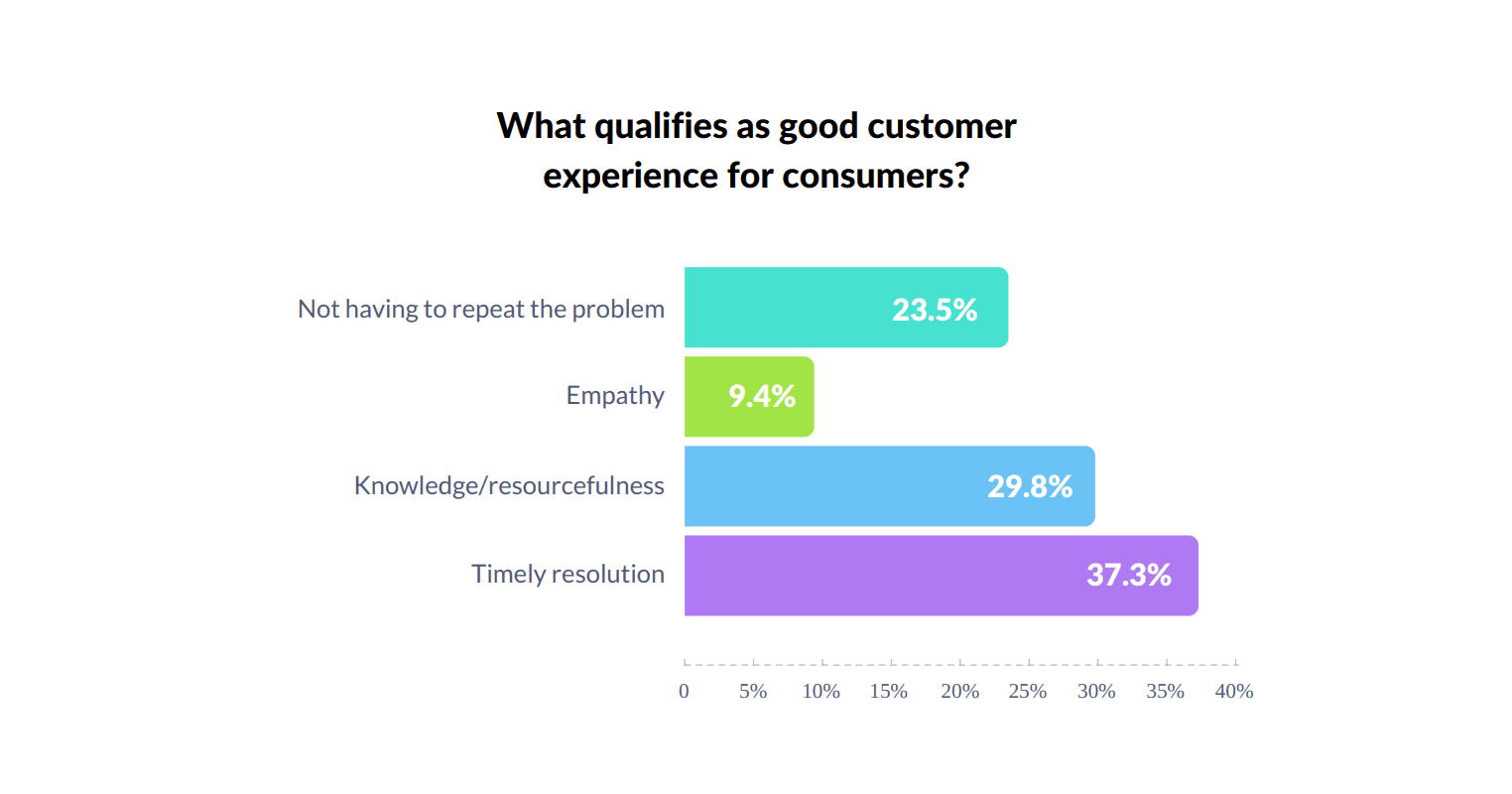As your customer base grows, you need a system to manage and reply to support questions. Over the last decade, help desks have become a mainstream way for companies, both big and small, to address their support ticketing needs.
But, there’s an argument that support tickets aren’t the best way to handle customer queries. Instead of helping your customers, they might be causing delays in responses and causing problems for your team.
In this guide, I’m going to show you some of the key problems with support tickets and why they aren’t always the best way to handle your incoming customer queries.
Let’s dive in.
The first key issue is a lack of transparency for your customer.
Your customers want to feel like you’re listening to them, and filling out a form with details on their problem only to be left waiting won’t leave your customer feeling confident that their problem is being solved.
Your customers just might be right, too. The average support ticket response time is 12 hours, 10 minutes.
That gets even worse when you realize that customers say having a “timely resolution” is key to what makes a good customer experience.
 Source: Hiver
Source: Hiver
There are ways you can ensure you always reply to tickets fast, such as:
But, before a customer has submitted a ticket, they’ll still be expecting a slow response — because that’s the norm.
In the age of near-instantaneous support channels like chatbots, live chat, and even the phone, forcing your customers to use traditional support tickets will affect how they feel about your support experience.
If you operate like most companies, there are a few different ways your customers can get in touch:
Being available to your customers is a good thing.
But, this presents a challenge: which channel do you prioritize?
Many companies don’t have a clear system for this, and it leads to companies prioritizing channels associated with immediacy: phone calls, social media, live chat, and email.
Customers who used your ticketing system are sent to the back of the queue, even if it is unintentional.
When you do your weekly, monthly, or quarterly customer service review, it’ll be clear that customers using support tickets are receiving slower replies, and feel less satisfied with the experience.
There are a variety of powerful help desk tools out there:
But, for most small companies, these tools come with an unexpected cost: the time it takes to train your team on them and transition all of your activities into them.
These tools will need to become the hub for every customer interaction, if not, it will lead to information being siloed and unavailable to your team when they need it. Even with a help desk system, your team will still be pinging each other throughout the day trying to find the critical information they need to solve customer problems.
Help desk software is typically paid per seat, or on a conversation volume basis. Nothing wrong with that, but it means it can get expensive, fast.
Ticketing systems are popular for support teams because they make life easy for your support team. Everything is in one place, and there’s rarely a reason for your support team to have to navigate outside of it.
However, research from Hiver found that both Gen Z and Millennials rate email as their favourite customer service channel, followed by phone.
If you want to provide the best experience for your customers — which is usually the goal for customer service teams — then it’s time to consider if your support ticket system is as effective as it should be.
Instead of directing customers to a support intake form, you can test using email as a primary channel. You can still keep your email activities optimized and productive, using a system like timetoreply, but you’ll avoid forcing your customers into a support experience that they don’t enjoy.
Support tickets may still have a place in your business, even if you reduce your reliance on them. The key is to look at the limitations of them and find ways to improve the customer experience.
For example, one limitation of support tickets is that customers feel they don’t know when they’re going to get a reply. To avoid this, set clear expectations for your customers. On your support form page, add information about how long it takes you to reply to and solve tickets.
As well as that, set up an autoresponder. As soon as a ticket comes in, your customer will be sent an automatic email with information about what happens next.
You can include details like:
Rather than having each member of your support team use their own individual email address, take advantage of shared inboxes.
If information does need to be sent to a customer from an individual on your team, ask them to CC or BCC your shared support email.
This will ensure information doesn’t get siloed and it’s easy for any member of your team to jump in and find key information about customer issues.
You can use a tool like timetoreply to measure how many emails your team receives per day, as well as how many they’re sending, with data on key metrics like:
When you review the data with your team you’ll uncover insights that you can use to improve how you manage your support inbox—for example, improving access to documentation needed to solve support issues, or increasing the number of staff handling support queries on peak days.
A large percentage of support tickets are repetitive, but, your team still needs to log in and reply to each one individually.
Rather than see your help desk as the solution to this, instead, look for ways to reduce your customers’ need to contact you at all with a self-service system.
Your self-service system can be hosted on your website, and contain all of your frequently asked questions. Before someone submits a ticket, encourage them to use your self-service system.
You can even add self-service portals to your live chat, making it an easy experience for your customer.
If you implement this effectively, it will free up your support agents’ time to focus on high-priority support requests requiring their full attention.
As we mentioned above, you can integrate timetoreply with your team’s inboxes to start collecting key metrics on your email usage.
The first key benefit here is that by improving how your team uses email, you can avoid moving to an expensive help desk system before you truly need to. Your management and support agents will have the data they need to track and measure performance and find ways to improve.
Set up real-time alerts so your support agents are notified whenever a new email comes in, and identify the days of the week and times that your team’s workload peaks. You can even create agent leaderboards to create some healthy competition for your team or incentivize performance.
With our native add-ons for Gmail and Outlook, you’ll even get access to help-desk-like features such as the ability to mark emails as ‘closed’ when your team has resolved them to reduce inbox clutter and help your team stay focused.
try out timetoreply today with our free trial.
Once your team masters how they use their inbox, you’ll be wondering if you even need to rely on traditional support tickets at all.
Support tickets do have their place. As companies grow, they become a convenient place to store and manage your customer information.
But, unless you truly need one, they can be an inefficient and expensive system to set up and manage, often causing more overheads than they’re worth.
Rather than jump to purchase a subscription to a help desk tool as soon as your customer service needs increase, consider ways to optimize your existing workflows, through improved documentation and processes, using shared inboxes, and improving your team’s email productivity.
When you’re ready to start optimizing how your support team uses their email accounts, start your free timetoreply trial here.



Trusted by high-performing inbound sales teams and customer-facing teams globally.
Close more deals and delight more customers with the faster, smarter, deeper email analytics and performance optimization software that works straight from your team’s inbox.